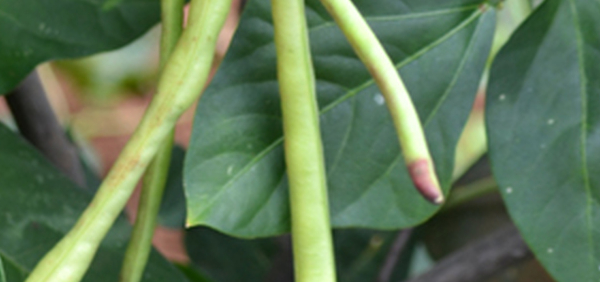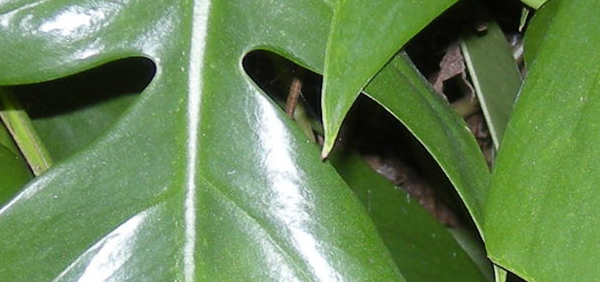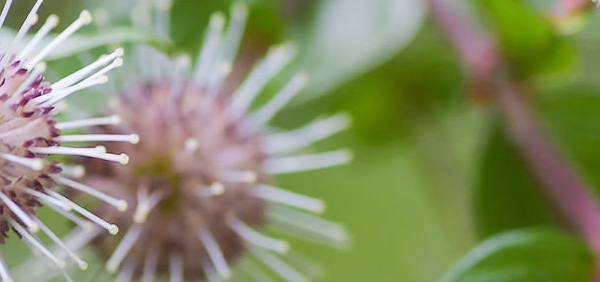mendhi :

CONCLUSION:
Lawsonia inermis Linn. is commonly known as henna, which is recognized intraditional system of medicine. It. is a much branched glabrous shrub or small tree (2-6 m inheight), cultivated for its leaves although stem bark, roots, flowers and seeds have also been usedin traditional medicine. It has been traditionally reported in use of headache, hemicranias,lumbago, bronchitis, boils, ophthalmia, syphilitis, sores, amenorrhea, scabies, diseases of thespleen, dysuria, bleeding disorder, skin diseases, diuretic, antibacterial, antifungal, anti-amoebiasis, astringent, anti-hemorrhagic, hypotensive and sedative effect. Several studies arebeing carried towards it activates like cytotoxic , hypoglycaemic , nootropics, antimicrobial,antibacterial , trypsin inhibitory , wound Healing , antioxidant , anti-corrosin , anti-inflammatory,analgesic and antipyretic, anti-parasitic, tuberculostatic , protein glycation inhibitory,hepatoprotective , anti-tumoral activity. With all these potential benefits, this plant is not widelyutilized.


















